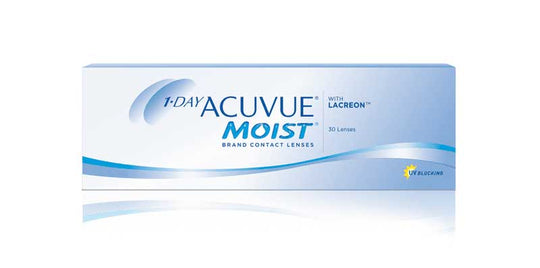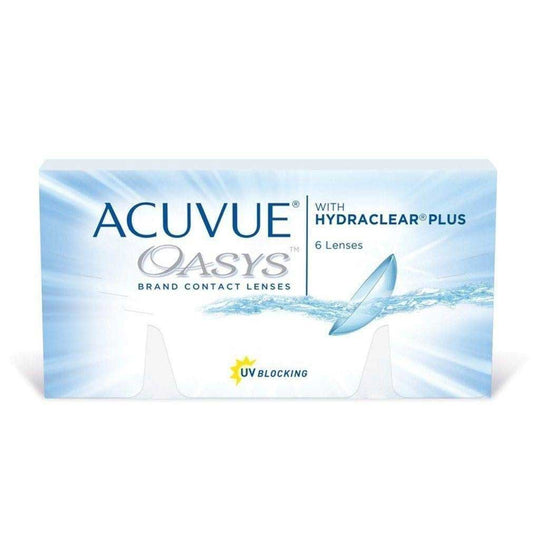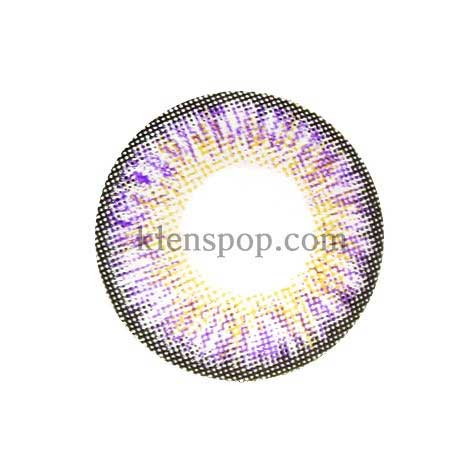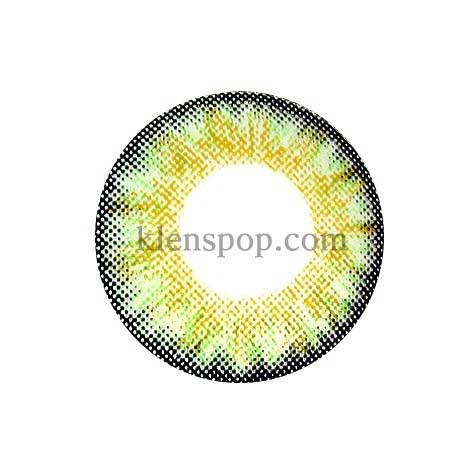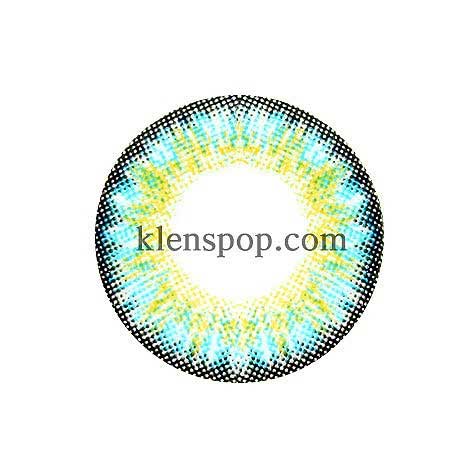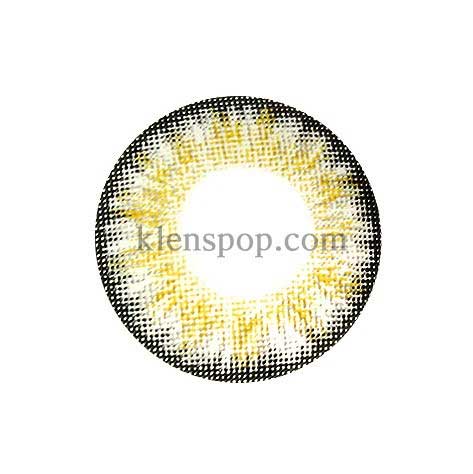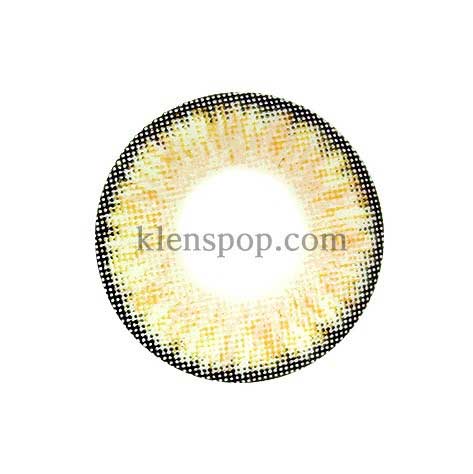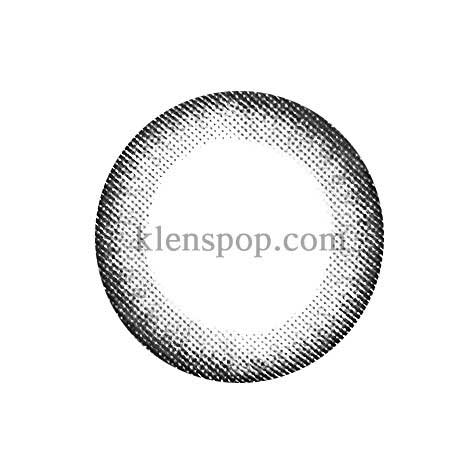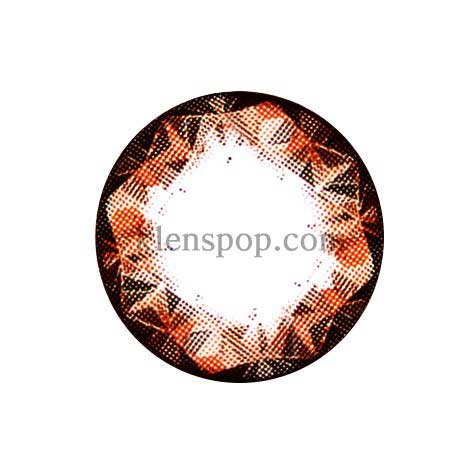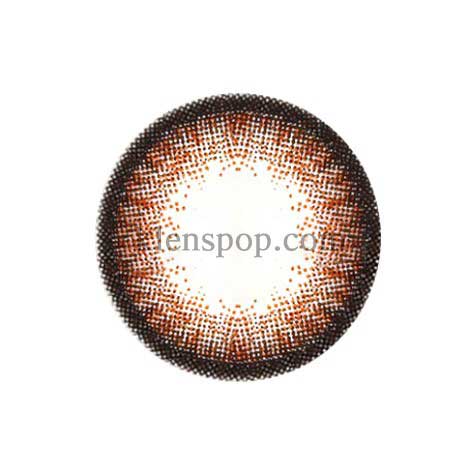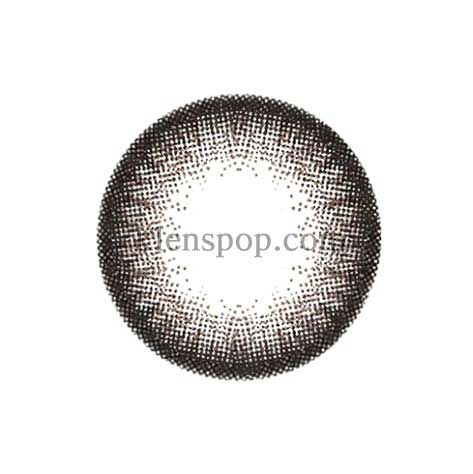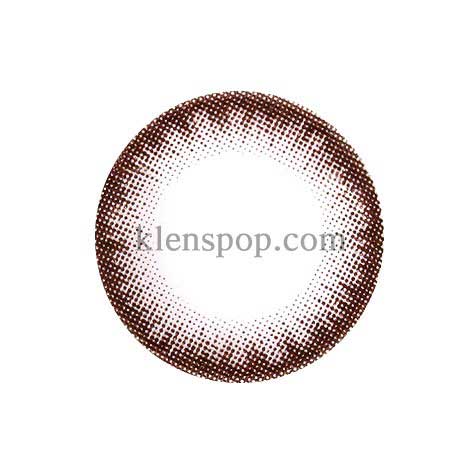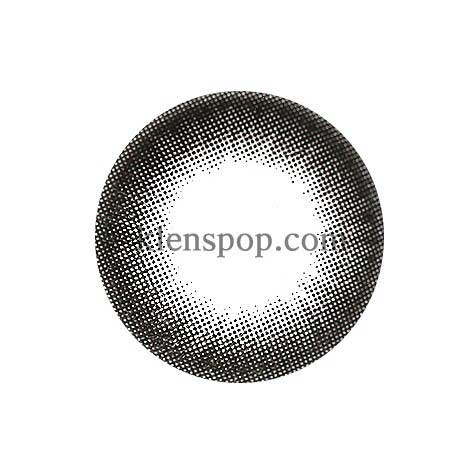Hyperopia
Johnson & Johnson
$25.00
Johnson & Johnson
$39.50
$49.00
Hyperopia
Understanding Hyperopia: A Closer Look at Farsightedness
Hyperopia, commonly known as farsightedness, is a vision condition affecting millions worldwide. It's not just a matter of seeing distant objects more clearly than close ones; it involves a complex interplay of eye structure and light focusing. In this article, we'll explore what hyperopia is, its causes, symptoms, and how contact lenses can be a game-changer in managing this condition.
What is Hyperopia?
Hyperopia occurs when the eye is shorter than normal or has a cornea that is too flat. This shape causes light to focus behind the retina, instead of on it, leading to difficulty focusing on nearby objects. It's a refractive error, similar to its counterpart, myopia or nearsightedness, but with opposite effects.
Causes and Risk Factors
The primary cause of hyperopia is genetic, with eye shape and size being inherited traits. Other risk factors include:
- Age: The lens inside the eye can lose flexibility over time, exacerbating farsightedness.
- Medical conditions: Certain systemic conditions like diabetes can influence eye health.
- Environmental factors: Limited research suggests that certain lifestyle habits, like prolonged close-up work, could influence hyperopia.
Symptoms of Hyperopia
The most common symptoms include:
- Blurry vision for close objects
- Eye strain or discomfort after prolonged reading or screen time
- Headaches or fatigue from visual tasks
- Squinting to see clearly
Diagnosis and Treatment
An eye exam by an optometrist or ophthalmologist is necessary for diagnosis. Treatment options include eyeglasses, contact lenses, and in some cases, refractive surgery.
The Role of Contact Lenses
For many with hyperopia, contact lenses offer a convenient and effective solution. They provide a wider field of vision than glasses and aren't affected by weather conditions. Modern contact lenses come in various types, like soft contact lenses, rigid gas-permeable contact lenses, and multifocal contact lenses, catering to different needs and lifestyles.
Advantages of Contact Lenses for Hyperopia
- Enhanced Visual Clarity: Contacts provide clear vision at all distances, crucial for those with significant farsightedness.
- Cosmetic Benefits: They are invisible, offering an aesthetic advantage over glasses.
- Active Lifestyle Compatibility: Ideal for sports and outdoor activities, contacts don’t get in the way.
- Customization: Contacts can be tailored to fit individual eye shapes and prescription needs.
Hyperopia is more than just the inability to see close objects clearly; it's a condition that can impact daily life and activities. Understanding this condition, its symptoms, and treatment options, especially the role of contact lenses, can significantly improve the quality of life for those affected. For those experiencing symptoms of hyperopia, consulting with an eye care professional is the first step towards clearer vision and a more comfortable daily experience.

